The Reserves provide a valuable stopover point for migrants and enable the survival of wintering and/or resident bird populations related to cereal-livestock systems (Lark, Tottavilla), grassland communities (Calandrella) scrubland (Magnanina) and scrub-forest communities (Woodcock, Reed Warbler, Firecrest, numerous Silvidae), to sea cliffs (Queen’s Hawk, Peregrine Falcon, Greater Berta, Lesser Berta, Stormbird, Wild Pigeon, Pale Swift).
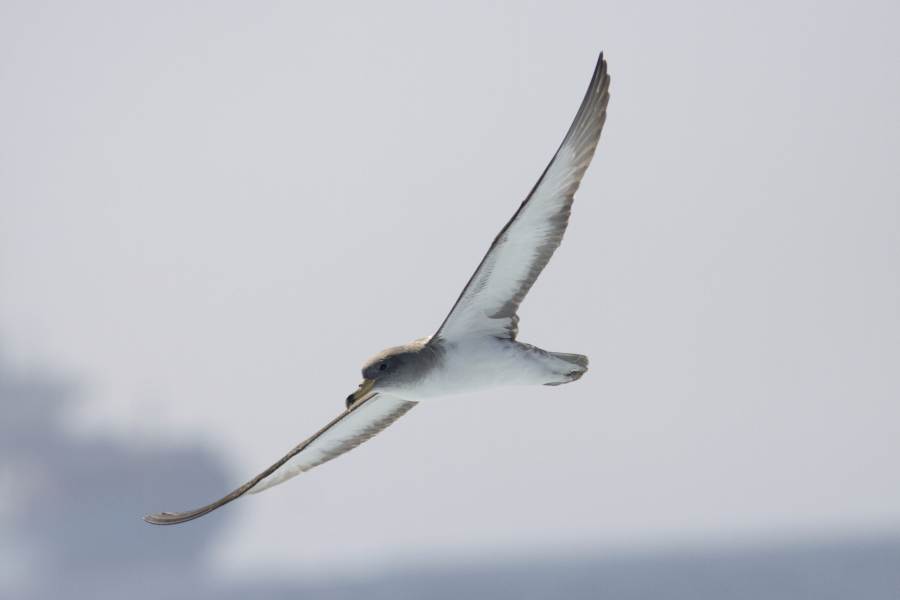
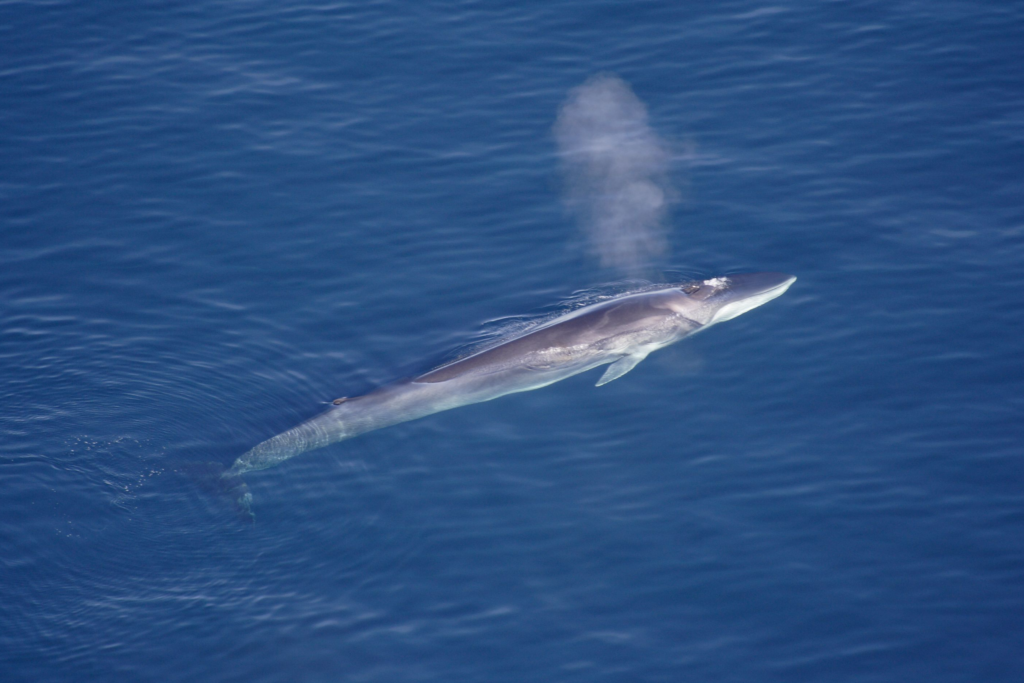
Few mammals have been reported within the Reserves: the wild rabbit, quercino, dormouse and some bats. Great interest is aroused by large aquatic mammals such as fin whales and dolphins. Finally, one of the particularly symbolic mammals of Alicudi Island is the mule, which has always been used by local people to transport supplies, luggage, and building materials.
Populations of the reptile Podarcis raffonei present a special reason for interest related to their adaptation to harsh environments that have resulted in singular forms with genetic and morphological differences generated by extraordinary phenotypic plasticity in relation to different environmental conditions. In the IUCN Red List of Italian Vertebrates (2022), Podarcis raffonei (Aeolian Lizard) is listed as critically endangered (CR), an endemism of the Aeolian archipelago that survives in relict populations, only in isolated localities among them where its competitor, the Field Lizard, has not settled. In addition to the nominal subspecies P. r. raffonei present on the island of Strombolicchio, the following subspecies have been described: P. r. alverarioi (Mertens 1955a) di Scoglio Faraglione; P. r. antoninoi (Mertens 1955a) di Vulcano; P. r. cucchiarai (Di Palma 1980) della Canna (presso Isola di Filicudi) (M. Capula e P. Lo Cascio in Corti et al. 2010).
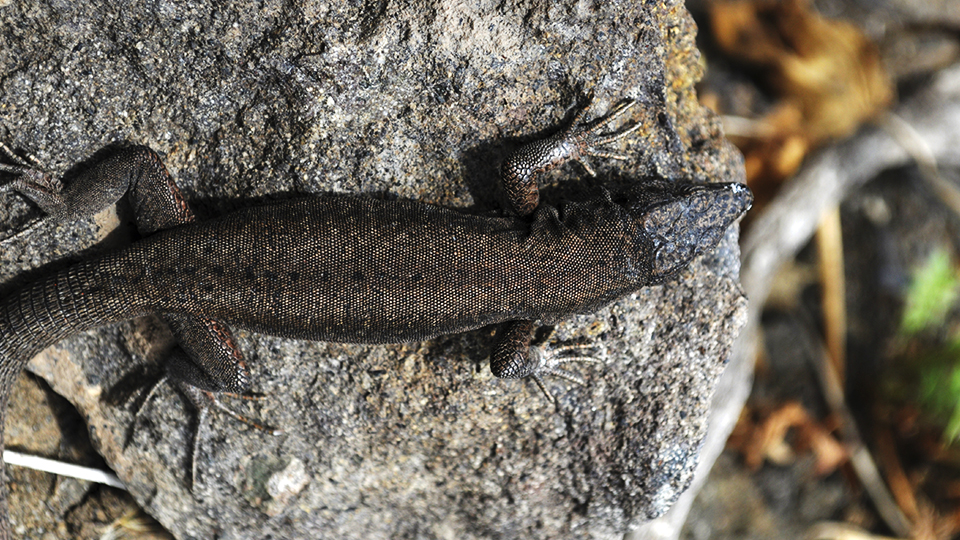
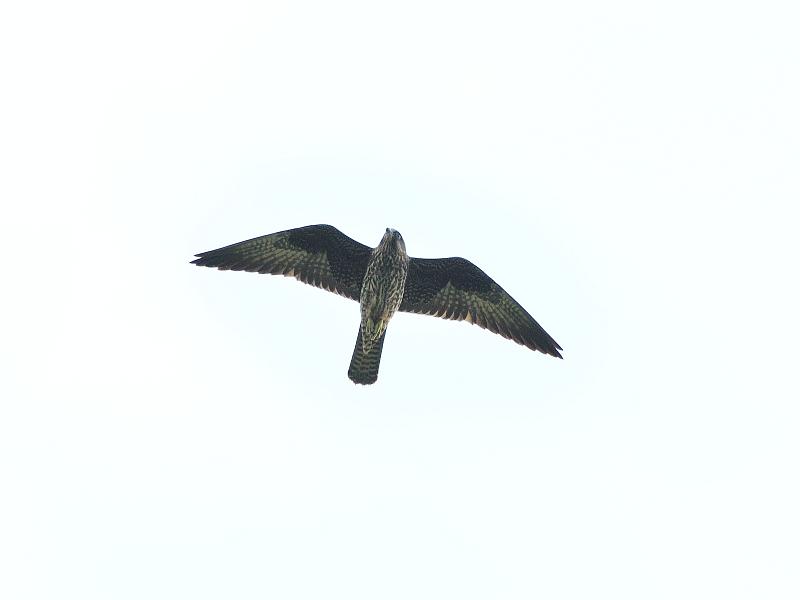
Biologia: Rapace di medio-piccole dimensioni, lungo una quarantina di cm per un’apertura alare che solo in rari casi supera il metro. Vera peculiarità di questa specie, dal punto di vista del comportamento, è la “caccia in volo” agli uccelli che, all’inizio dell’autunno, cominciano la migrazione per l’Africa. Altro carattere distintivo è la colorazione del piumaggio non uniforme nell’intera popolazione della specie: la maggior parte presenta piume rossastre con sfumature marroni e nere, in almeno un quarto della popolazione invece l’intero piumaggio è molto più scuro, tendente al nero.
Distribuzione: L’area italiana e in generale mediterranea appare come il limite settentrionale dell’areale di nidificazione di questo rapace. In Italia è presente principalmente in Sardegna, nelle isole sud-occidentali, altre aree importanti di presenza sono le Isole Eolie.
Conservazione e Tutela: Inclusa nella Lista Rossa degli Uccelli nidificanti in Italia (2021) quale specie VU (vulnerabile)

Biologia: Specie simbolo del Mar Mediterraneo, può raggiungere i 50 cm di lunghezza, per 600 grammi di peso. Presenta un piumaggio bruno sul dorso, che sfuma verso il bianco sul collo e ventre, la testa si presenta grigio chiara. Uccello marino pelagico, passa cioè la maggior parte del tempo in mare aperto, pur nidificando sulla terraferma. Nidifica in colonie in cavità scavate nel terreno, in anfratti o in grotte nel periodo compreso tra maggio e settembre. In attesa delle condizioni adatte per il rientro al nido, gli adulti si posano sull’acqua di fronte all’area di nidificazione e si lasciano galleggiare (il cosiddetto comportamento di rafting) fino al sopraggiungere del buio, ovvero al tramonto del sole e/o della luna. Dopo l’involo dei nuovi nati che avviene a metà ottobre, lasciano il Mediterraneo attraverso lo stretto di Gibilterra e trascorrono i mesi restanti a largo delle coste dell’Africa occidentale.
Distribuzione: Le Isole Eolie, ospitano complessivamente una popolazione stimata inferiore a 100 coppie nidificanti; non sono disponibili dati precisi sull’andamento di questa specie.
Conservazione e tutela: Inclusa nella Lista Rossa degli Uccelli nidificanti in Italia (2021) quale specie LC (minor preoccupazione)
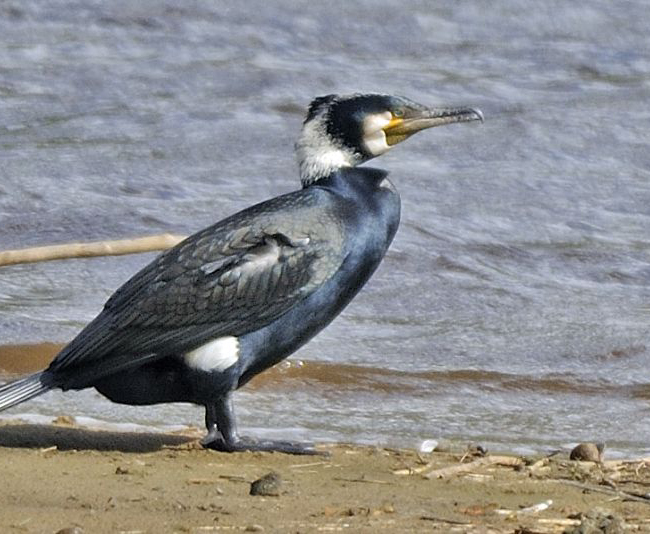
Biologia: Lungo da 80 centimetri fino a raggiungere al massimo un metro, pesa poco più di 3 kg e mezzo, con un’apertura alare compresa tra 120 e 150 centimetri. Presenta un corpo lungo e affusolato di colore nero, con robusto becco a uncino. Per distinguere i più giovani della specie, basta osservare il colore del piumaggio che, prima del raggiungimento dell’età adulta, ha una tonalità marroncina. È una specie gregaria e nidifica a partire dal terzo-quinto anno di vita in colonie. I dormitori e i posatoi diurni si trovano presso zone umide scarsamente frequentate dall’uomo. Adattabile sia all’acqua dolce sia salata, Il Cormorano ha penne permeabili e trascorre molto tempo al sole ad asciugarsi. Le zampe, con grandi membrane, consentono una potente spinta sott’acqua, dove la specie può pescare fino a una profondità di 6 metri
Distribuzione: Nelle Isole Eolie sverna con regolarità in piccoli nuclei e/o individui isolati. Nidifica in zone umide di acqua dolce o salmastre; predilige le coste marine, anche in ambienti antropizzati (porti), durante lo svernamento.
Conservazione e Tutela: Inclusa nella Lista Rossa degli Uccelli nidificanti in Italia (2021) quale specie CR (pericolo critico)

Biologia: Si tratta dell’unico misticete (cetaceo con i fanoni) del Mediterraneo che detiene il record del secondo animale più grande mai esistito sulla Terra, subito dopo la balenottera azzurra (Balaenoptera musculus). Le femmine, più grandi rispetto ai maschi, possono raggiungere la dimensione fino a 24 m per 75 tonnellate di peso, i maschi fino a 21 m e 60 tonnellate. Elementi distintivi per riconoscere la balenottera comune: pelle grigia liscia, testa triangolare, pinna dorsale falcata, mandibola e colorazione bianca sul lato destro, soffio alto e stretto.
Distribuzione: In Italia la balentottera è stata avvista nel mar Ligure e nel Tirreno centro-settentrionale. In Sicilia è stata avvistata regolarmente nello Stretto di Messina, nelle Isole Pelagie ed al largo delle Isole Eolie
Conservazione e Tutela: Inclusa nella Lista Rossa degli IUCN dei vertebrati italiani (2022) quale specie EN (in pericolo). Specie sottoposta a diverse pressioni e sembra sia in condizioni di declino nella popolazione adulta.
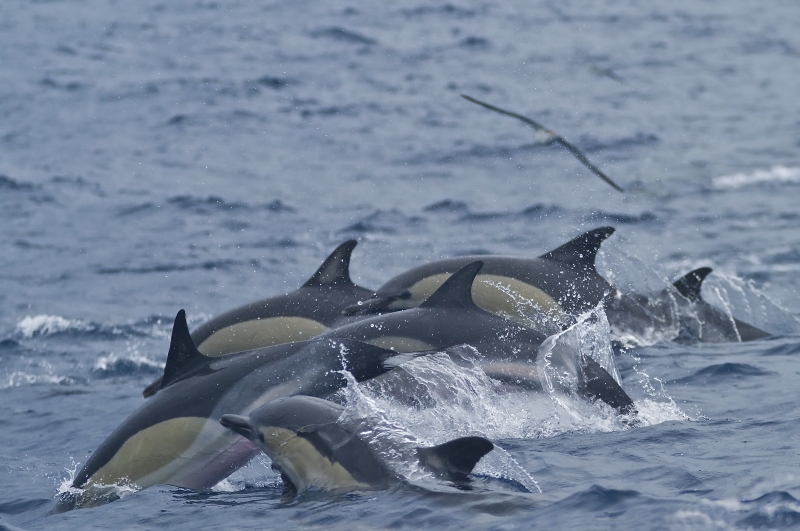
Biologia: Il delfino comune ha la forma tipica affusolata e slanciata e pur essendo uno dei cetacei più piccoli ha una grande resistenza fisica, riuscendo a percorrere in due giorni più di 300 km e a viaggiare a una velocità di 45 km/h quando insegue una preda (normalmente la velocità è 8-11 km/h). Presenta una lunghezza di 2,0-2,5 m (i maschi sono leggermente più grandi delle femmine), peso 100-130 Kg. Presenta una pinna dorsale a forma triangolare; le pinne pettorali sono abbastanza sviluppate e della stessa colorazione del dorso come la pinna caudale che rimane disposta orizzontalmente, come nella maggior parte dei cetacei e diversamente da quanto avviene nei pesci.
Nella parte alta della testa è presente lo sfiatatoio che serve per espirare e che viene chiuso dal delfino quando è in immersione per evitare che entri acqua.
Distribuzione: Specie cosmopolita in mari temperati, sub-tropicali e tropicali. In Italia è presente nella Regione marina del Mediterraneo Occidentale. In Sicilia la specie viene avvistata principalmente nell’area delle Isole Eolie, dello Stretto di Messina, delle Isole Egadi e delle Isole Pelagie.
Conservazione e Tutela: Inclusa nella Lista Rossa degli IUCN dei vertebrati italiani (2022) quale specie EN (in pericolo). La popolazione della specie è sottoposta a diverse pressioni e minacce. In Mediterraneo negli ultimi decenni ha subito un forte declino (circa il 50% negli ultimi 30-45 anni)
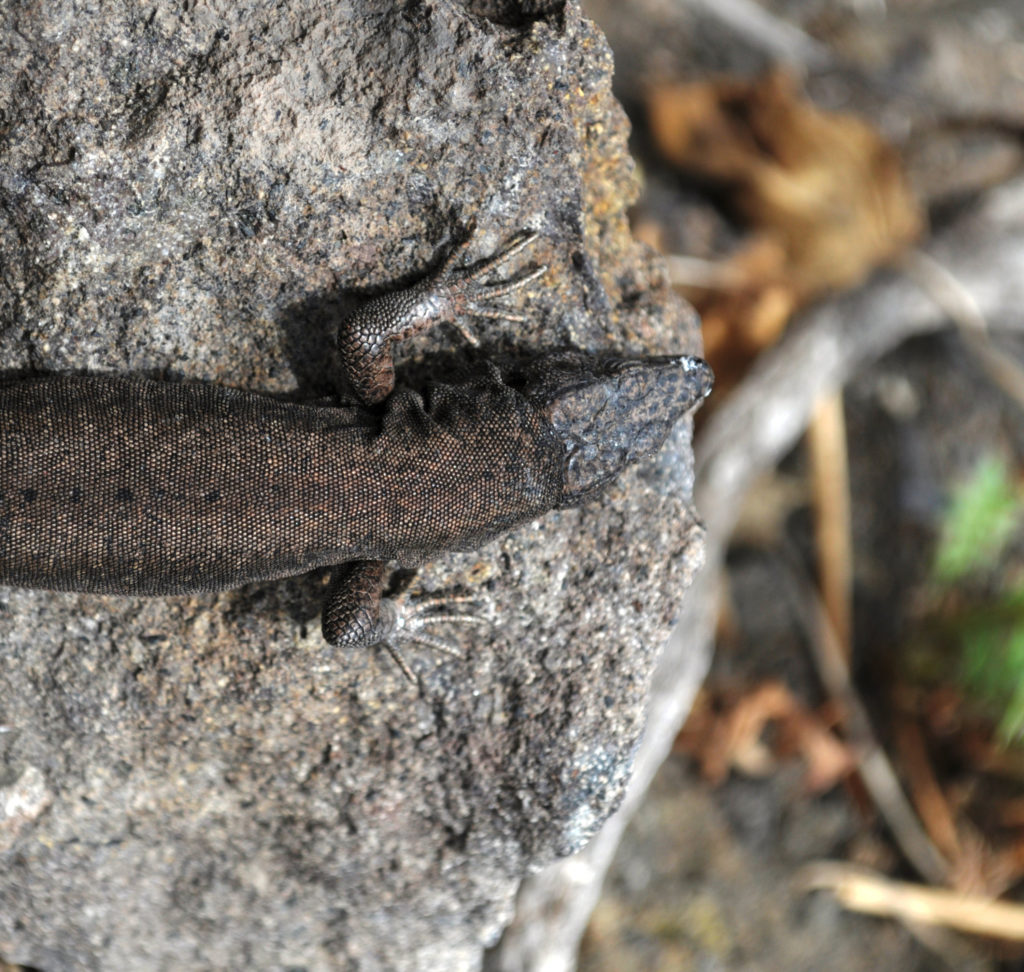
Biologia: A Strombolicchio vivono individui di taglia maggiore rispetto alle altre popolazioni, che superano i 10 cm di lunghezza (coda esclusa), e che sono caratterizzati da un colore intensamente scuro; quelli di Scoglio Faraglione e Scoglio La Canna, invece, hanno una colorazione violacea. Pur essendo prevalentemente insettivora la lucertola delle Eolie si è adattata a sfruttare ogni possibile risorsa, includendo nella propria dieta sostanze vegetali e addirittura i resti delle carcasse di uccelli predati dai falchi. L’attività è più intensa tra aprile e ottobre, quando le femmine depongono 2-3 uova anche tre volte all’anno, ma può verificarsi anche in inverno, in presenza di giornate soleggiate e miti; nei mesi estivi, invece, si riduce sensibilmente durante le ore centrali del giorno, quando il calore delle rocce nude diviene eccessivo anche per animali che hanno bisogno di esporsi alla luce solare per regolare la propria temperatura corporea (Pietro Lo Cascio, 2013).
Distribuzione: Specie endemica esclusiva delle Isole Eolie. Considerando che le popolazioni ammontano complessivamente a meno di 2000 individui, è facile immaginare come anche il minimo disturbo o alterazione dell’habitat possa produrre conseguenze gravi e probabilmente irrimediabili per la loro sopravvivenza. Segnalata la presenza nell’Isola di Vulcano, di Strombolicchio, Scoglio Faraglione e sul faraglione La Canna.
Conservazione e Tutela: Inclusa nella Lista Rossa IUCN dei vertebrati italiani (2022) quale specie CR (in pericolo critico)
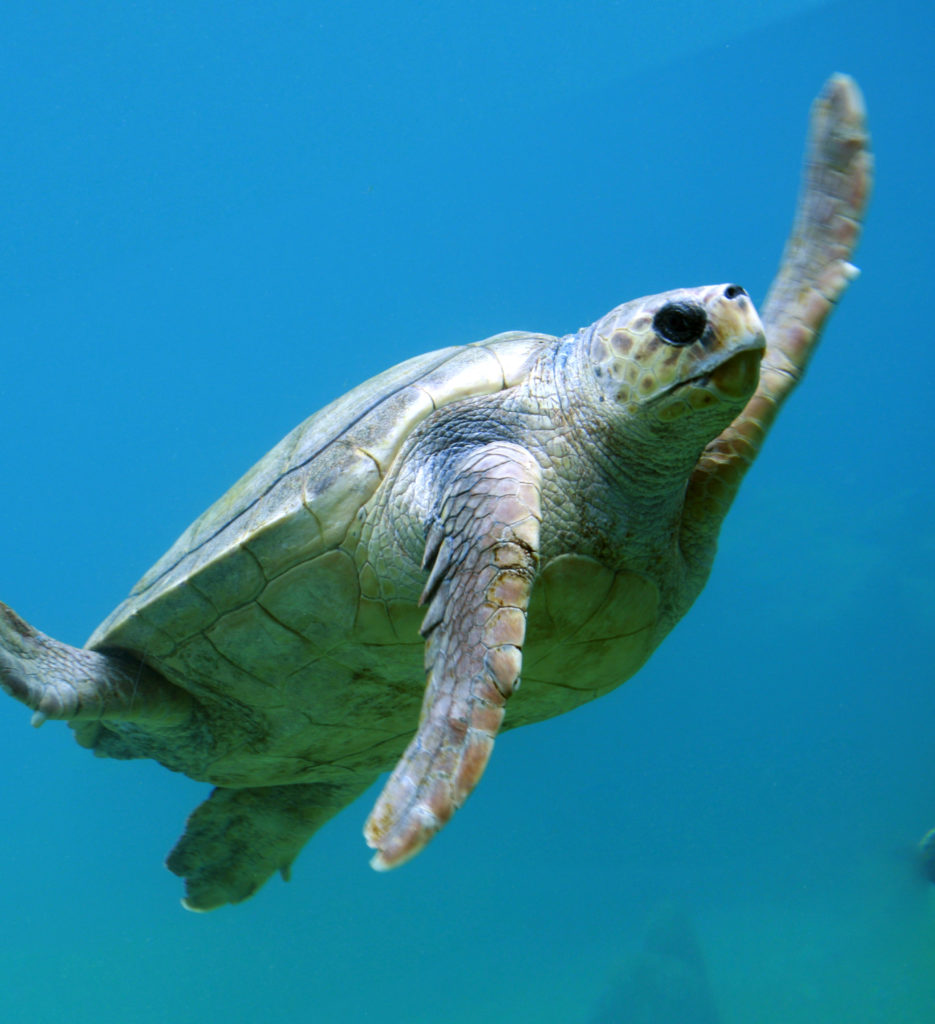
Biologia: La Tartaruga caretta, come tutti i rettili che hanno sangue freddo, predilige le acque temperate. Respira aria, essendo dotata di polmoni, con apnee di 4-5 minuti e permanenze in superficie che mediamente non durano più di 2 secondi. In acqua può raggiungere velocità superiori ai 35 km/h, nuotando agilmente con il caratteristico movimento sincrono degli arti anteriori. Alla nascita è lunga più o meno 5 centimetri, da adulta può arrivare a raggiungere 150 centimetri di lunghezza e 150 – 160 Kg di peso. Gli arti sono grandi e lungi, dotati di due potenti unghie che, con l’età, si riducono ad una sola. Il corpo è allungato e protetto da un carapace di colore rosso tendente al marrone, formato da 5 coppie di placche cornee con striature scure. Animale onnivoro: si nutre di molluschi, crostacei, gasteropodi, echinodermi, pesci e meduse. Il sesso delle tartarughe è determinato dalla temperatura del nido in cui sono covate le uova: le condizioni climatiche durante l’incubazione influenzano la proporzione di maschi e di femmine che compongono le popolazioni naturali. Presenta dimorfismo sessuale, le differenze morfologiche ed anatomiche riguardano la forma del piastrone (parte ventrale del corpo) e della coda: nei maschi, il piastrone è più concavo rispetto a quello delle femmine che è piatto; la coda dei maschi è grande e tozza, mentre quella delle femmine è sottile e corta. Può arrivare a vivere fino a 50 anni, raggiunge la maturità sessuale intorno ai 30 e l’attività riproduttiva dura circa 10 anni. Il nido contiene mediamente un centinaio di uova che vengono deposte tra maggio e agosto che si schiudono dopo un periodo di incubazione di 45-70 giorni.
Distribuzione:Secondo quanto riportato dalla IUCN, la Tartaruga caretta è distribuita nelle acque temperate e tropicali degli Oceani Atlantico, Pacifico e Indiano. In Italia l’area di nidificazione più importante è la parte ionica della Calabria meridionale, siti minori si trovano nelle isole Pelagie e in Sicilia meridionale, mentre nidificazioni sporadiche possono aver luogo in un’area più ampia e specialmente nell’Italia meridionale.
Conservazione e Tutela: Inclusa nella Lista Rossa IUCN dei vertebrati italiani (2022) quale specie EN (in pericolo)
Abbiamo realizzato questo sito web con cura e passione, l’obiettivo è far conoscere le bellezze naturali, i sentieri e l’anima “verde” dell’arcipelago.
Alicudi, Filicudi, Panarea e Stromboli sono, prima di tutto, Riserve Naturali protette, curate ed a tua disposizione tutto l’anno: vivile e rispettale.
We made this website with care and passion, the goal is to make people aware of the natural beauty, trails and “green” soul of the archipelago.
Alicudi, Filicudi, Panarea and Stromboli are, first and foremost, protected Nature Reserves, cared for and available to you all year round: experience and respect them.

Biology: Small- to medium-sized raptor, about 40 cm long with a wingspan that only rarely exceeds one meter. True peculiarity of this species, from the point of view of behavior, is the “in-flight hunting” of birds that, in early autumn, begin their migration for Africa. Another distinguishing character is the uneven plumage coloration in the entire population of the species: most have reddish feathers with brown and black undertones; in at least a quarter of the population, on the other hand, the entire plumage is much darker, tending toward black.
Distribution: The Italian and generally Mediterranean area appears to be the northern limit of this raptor’s nesting range. In Italy it is found mainly in Sardinia, southwestern islands, other important areas of presence are the Aeolian Islands.
Conservation and Protection: Included in the Red List of Breeding Birds in Italy (2021) as a VU (vulnerable) species

Biology: An iconic species of the Mediterranean Sea, it can reach 50 cm in length by 600 grams in weight. It has brown plumage on the back, fading to white on the neck and belly; the head is light gray. Pelagic seabird, that is, it spends most of its time in the open sea while nesting on land. It nests in colonies in cavities dug in the ground, ravines or caves during the period from May to September. While waiting for suitable conditions to return to the nest, the adults perch on the water in front of the nesting area and allow themselves to float (so-called rafting behavior) until darkness arrives, that is, when the sun and/or moon sets. After the newborns hatch in mid-October, they leave the Mediterranean through the Strait of Gibraltar and spend the remaining months off the coast of West Africa.
Distribution: The Aeolian Islands, host a total estimated population of less than 100 breeding pairs; accurate data on the trend of this species are not available.
Conservation and protection: Included in the Red List of Breeding Birds in Italy (2021) as an LC species (least concern)

Biology: 80 centimeters to a maximum of one meter long, weighing a little more than 3.5 kilograms, with a wingspan of 120 to 150 centimeters. It has a long, tapered black body with stout hooked beak. To distinguish the youngest of the species, just look at the color of the plumage, which has a brownish hue before reaching adulthood. It is a gregarious species and nests from its third to fifth year of life in colonies. Daytime roosts and roosts are found at wetlands sparsely frequented by humans. Adaptable to both fresh and salt water, The Cormorant has permeable feathers and spends a lot of time in the sun drying out. The legs, with large membranes, allow powerful buoyancy underwater, where the species can fish up to a depth of 6 meters
Distribution: In the Aeolian Islands it regularly winters in small nuclei and/or isolated individuals. Nests in freshwater or brackish wetlands; prefers marine shorelines, including man-made environments (harbors), during wintering.
Conservation and Protection: Included in the Red List of Breeding Birds in Italy (2021) as a CR (critical endangered) species

Biology: This is the only mysticete (cetacean with baleen) in the Mediterranean that holds the record for the second largest animal ever to exist on Earth, right after the blue whale (Balaenoptera musculus). Females, which are larger than males, can reach the size of up to 24 m by 75 tons in weight, males up to 21 m and 60 tons. Distinguishing features to recognize the minke whale: smooth gray skin, triangular head, falcate dorsal fin, white jaw and coloration on the right side, high and narrow blowhole.
Distribution: In Italy, the balentoptera has been sighted in the Ligurian Sea and north-central Tyrrhenian Sea. In Sicily it has been spotted regularly in the Strait of Messina, the Pelagie Islands and off the Aeolian Islands
Conservation and Protection: Included in the IUCN Red List of Italian vertebrates (2022) as an EN (endangered) species. Species under various pressures and appears to be in a declining condition in the adult population.

Biology: The common dolphin has a typical tapered, slender shape and despite being one of the smallest cetaceans has great physical endurance, being able to cover more than 300 km in two days and travel at a speed of 45 km/h when chasing prey (normally the speed is 8-11 km/h). Has a length of 2.0-2.5 m (males are slightly larger than females), weight 100-130 kg. It has a triangular-shaped dorsal fin; the pectoral fins are fairly developed and of the same coloring as the back as is the caudal fin, which remains arranged horizontally, as in most cetaceans and unlike in fish.
At the top of the head is the blowhole, which is used to exhale and is closed by the dolphin when it is diving to prevent water from entering.
Distribution: Cosmopolitan species in temperate, sub-tropical and tropical seas. In Italy it is present in the Western Mediterranean Marine Region. In Sicily, the species is mainly sighted in the area of the Aeolian Islands, the Strait of Messina, the Egadi Islands and the Pelagie Islands.
Conservation and Protection: Included in the IUCN Red List of Italian vertebrates (2022) as an EN (endangered) species. The population of the species is under various pressures and threats. In the Mediterranean in recent decades it has declined sharply (about 50% in the last 30-45 years)

Biology: Larger individuals live at Strombolicchio than in the other populations, exceeding 10 cm in length (excluding tail), and are characterized by an intensely dark color; those at Scoglio Faraglione and Scoglio La Canna, on the other hand, have a purplish coloration. Although predominantly insectivorous, the Aeolian lizard has adapted to exploit every possible resource, including in its diet plant substances and even the remains of the carcasses of birds preyed upon by hawks. The activity is most intense between April and October, when females lay 2-3 eggs even three times a year, but it can also occur in winter, when there are sunny and mild days; in the summer months, however, it is significantly reduced during the middle hours of the day, when the heat of the bare rocks becomes excessive even for animals that need exposure to sunlight to regulate their body temperature (Pietro Lo Cascio, 2013).
Distribution: Endemic species exclusive to the Aeolian Islands. Considering that populations total less than 2,000 individuals, it is easy to imagine how even the slightest disturbance or habitat alteration could produce serious and probably irreparable consequences for their survival. Reported presence on the island of Vulcano, Strombolicchio, Scoglio Faraglione and on the La Canna stacks.
Conservation and Protection: Included in the IUCN Red List of Italian vertebrates (2022) as a CR (critically endangered) species

Biology: The loggerhead turtle, like all cold-blooded reptiles, prefers temperate waters. It breathes air, being endowed with lungs, with apneas of 4-5 minutes and dwells on the surface lasting no more than 2 seconds on average. In water it can reach speeds of more than 35 km/h, swimming nimbly with the characteristic synchronous movement of its forelimbs. At birth it is more or less 5 centimeters long; as an adult it can reach 150 centimeters in length and 150 to 160 kilograms in weight. The limbs are large and long, equipped with two powerful nails that are reduced to one with age. The body is elongated and protected by a red to brown carapace, formed by 5 pairs of horny plates with dark streaks. Omnivorous animal: feeds on mollusks, crustaceans, gastropods, echinoderms, fish and jellyfish. The sex of turtles is determined by the temperature of the nest in which the eggs are hatched: weather conditions during incubation affect the proportion of males and females that make up natural populations. It exhibits sexual dimorphism, the morphological and anatomical differences concern the shape of the platron (ventral part of the body) and tail: in males, the platron is more concave than in females, which is flat; the tail of males is large and squat, while that of females is thin and short. It can live up to 50 years, reaches sexual maturity around 30, and reproductive activity lasts about 10 years. The nest contains an average of one hundred eggs that are laid between May and August, which hatch after an incubation period of 45-70 days.
Distribution:According to IUCN reports, the loggerhead turtle is distributed in the temperate and tropical waters of the Atlantic, Pacific, and Indian Oceans. In Italy the most important nesting area is the Ionian part of southern Calabria, smaller sites are found in the Pelagie Islands and southern Sicily, while sporadic nesting may take place over a wider area and especially in southern Italy.
Conservation and Protection: Included in the IUCN Red List of Italian vertebrates (2022) as an EN (endangered) species